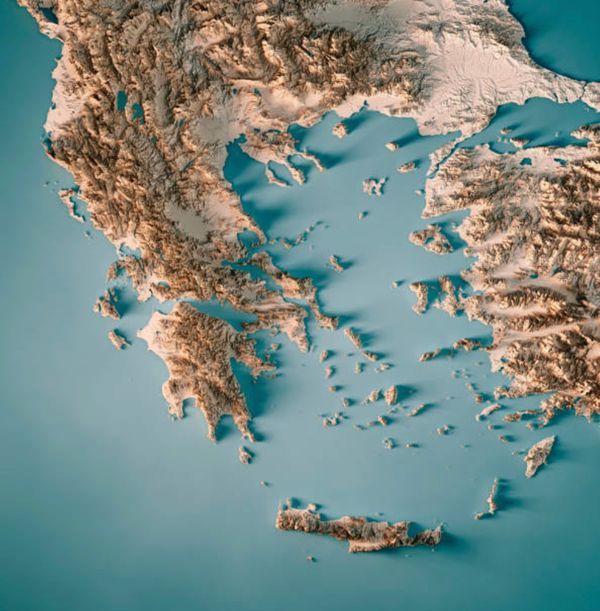Greece’s species As for Greece’s own native succulent species, strangely enough it is on the slopes of more mountainous areas – particularly in northern Greece and the mountains of Crete – that they are found, rather than on the hotter low-lying areas. what’s more, greece is known for olive trees and fruit trees- especially citruses.


